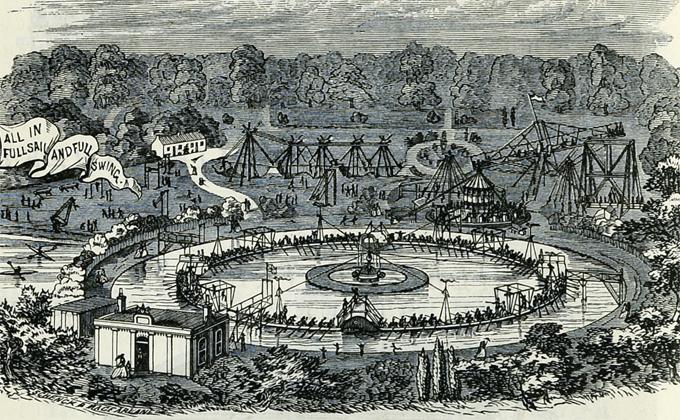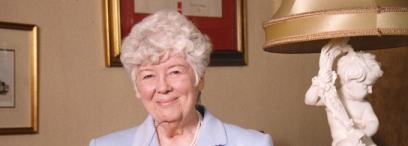In 1865 an open-air gymnasium opened in Edinburgh. The gym, known as the ‘Royal Patent Gymnasium’, was the idea of philanthropist and business man John Cox (c.1805-1874) and was described as the ‘New Wonder of Edinburgh’ by the local newspapers.
John Cox was born around 1805 in Edinburgh to parents Robert and Ann Cox. The Cox family of Gorgie had made their fortune in the production of glue and gelatine and he worked in this industry for his whole life. According to the publication ‘Industrial Edinburgh’ (1921), ‘Scotch glue in every corner of the world is known and appreciated and probably no makers are more widely recognised than J. & G. Cox Ltd., established so long ago as 1725.’ The company had also, by 1844, perfected a new gelatine which would be used for 25 years in the production of rapid gelatine photographic plates.
Cox was also an avid inventor. Amongst his achievements he held a patent, dated 8 September 1845, for ‘improvements in tanning and leather dressing’, he created a primitive typewriter, and on 14 August 1857 the London Gazette wrote that he had created an invention for ‘improvements in apparatuses to enable persons to progress in swimming.’
Exercise in the 1800s was different for the wealthy and the working class. By the mid-19th century the elite were using their free time to hunt or play golf, and dedicated home exercise manuals were being released. One such book, written in 1861, demonstrates exercises recommend by Gustav Ernst, an orthopaedic mechanist in London who invented the portable home gym. This book included detailed illustrations of men and women working out in their thick and heavy clothes and undertaking challenging new exercises. Whilst the upper classes were deliberately setting out to undertake exercise, the masses often found exercise involuntarily through hard manual labour. Working conditions for many were dirty and unhygienic and Cox had decided that the people of Edinburgh should have a healthy, dedicated place to exercise.
The gym was established on the former Canonmills Loch, which had been drained between 1847-1864. Large wooden structures had begun to appear on the site by 1864, intriguing passers by. When the gym was complete and opened to the public it proved to be an instant success, regularly attracting 15,000 people a day with adults paying 6d entrance fee, and children under 12 being admitted for 3d. This, however, was not a gym as we would recognise it today. One of its famous features was the ‘Great Sea Serpent’; a 600 person rowing machine. The serpent even had its own grand march (of the same name) dedicated to it. Written by C Laubach, it was first performed at the gymnasium by the Band of the Edinburgh Rifle Volunteers on July 29 1865.

An illustration of the gymnasium from the Edinburgh Post Office Directory, 1868.
Credit: National Library of Scotland. Used under the Creative Commons Attribution 4.0 International Licence
The serpent wasn’t the only attraction. According to Jack Gillon in ‘Secret Edinburgh’, another popular apparatus was ‘Chang’ – a giant seesaw with a wooden circular catwalk which moved a lengthy chain of 144 leather saddles where people sat, propelling themselves along with their feet. The Prince Alfred Wreck Escape allowed non swimmers to experience escaping from a sinking ship. More recognisable equipment included springboards, vaults, stilts and swimming baths. In the winter, exercise was still encouraged despite the gym being outdoors; a large part of the grounds were turned into an ice rink and lit at night for ice skating.
By the late 19th century the popularity of the gym was fading and it was forced to close, becoming a football ground. John Cox died on 16 January 1874 in Melville Crescent, Edinburgh, aged 69 from pleuropneumonia.


